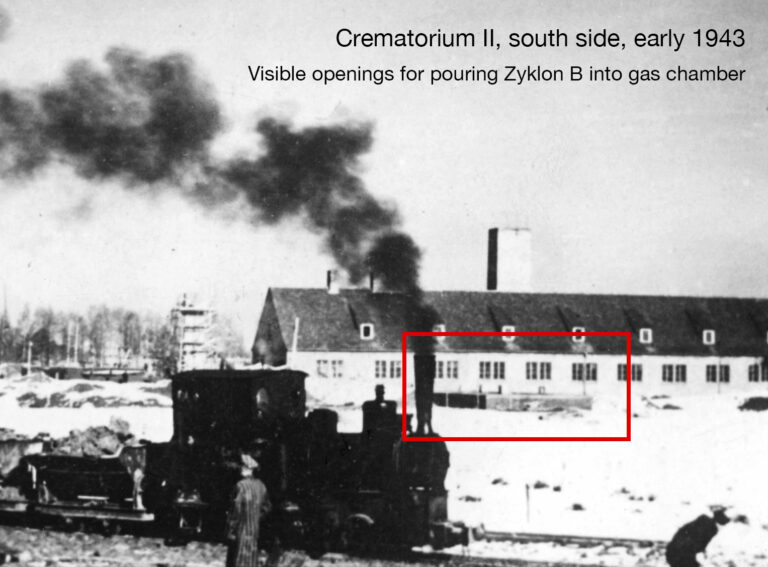Learn about the historical background of the Auschwitz-Birkenau Memorial. This section explores the origins of the camp, its role during World War II, the lives of its prisoners, and how it became a place of memory and reflection. Here you’ll find articles based on facts, testimonies, and archival research.
Auschwitz Tattoos – Numbers, Procedures and Historical Meaning
Auschwitz tattoos remain one of the most recognisable symbols of the camp system. A number replaced a name, and a few digits carried more information than any registration card. Unlike other German camps, Auschwitz was the only site where prisoners…
The Tattooist of Auschwitz – Book, True Story and Accuracy
A Bestseller and a Debate The Tattooist of Auschwitz, written by Heather Morris and published in 2018, became an international bestseller. Translated into dozens of languages and adapted into a TV series, it captivated millions of readers worldwide. At the…
Auschwitz Experiments: Mengele and Other SS Doctors
Auschwitz Experiments – Medicine Turned into Crime Auschwitz was not only the largest Nazi concentration and extermination camp but also a site of horrific medical experiments. Under the guise of science, SS doctors carried out procedures that ignored every principle…
Children in Auschwitz: The Youngest Victims of the Holocaust
The Youngest Victims of Auschwitz Children in Auschwitz were among the most vulnerable victims of the Holocaust. Auschwitz has become the symbol of Nazi terror, where more than one million people were murdered – including tens of thousands of children…
Selections and Gas Chambers at Auschwitz-Birkenau
Arrival and Selection Process Auschwitz gas chambers became the main killing sites of the Holocaust. From 1942 onwards, trains carrying Jews, Roma, and other victims arrived daily at Auschwitz-Birkenau. After stepping off the cattle cars, deportees were lined up on…





